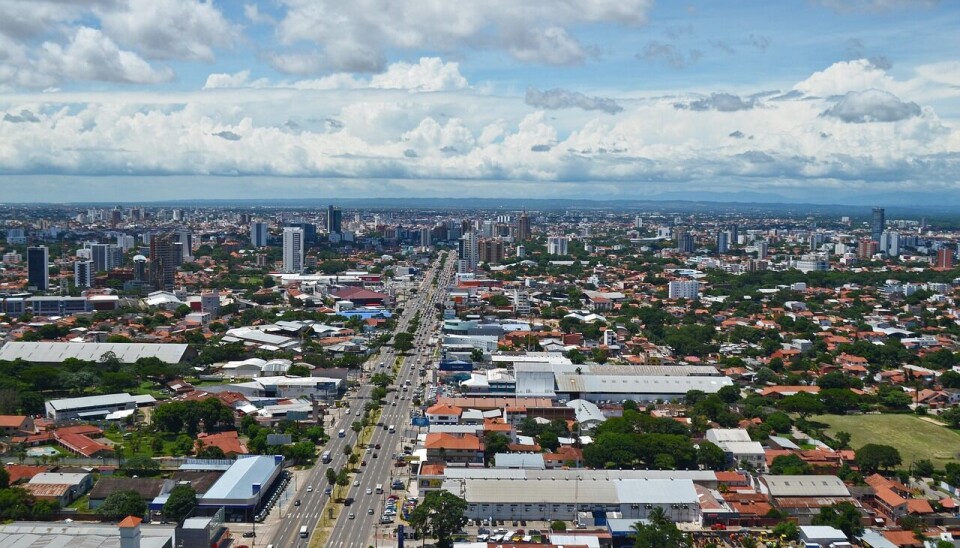Deforestation
Bolivia's Deforestation Dilemma: Growth vs. Green
Exploring the alarming rise in deforestation in Bolivia's Santa Cruz region, driven by agribusiness expansion and the struggle for environmental sustainability.

In Bolivia, a worrying environmental trend is unfolding. The eastern lowlands, particularly the Santa Cruz region, have seen deforestation rates spike by 32% in just one year, fueled largely by the area's booming agribusiness sector.
Thomas Graham, reporting from Santa Cruz de la Sierra in October 2p023 for The Guardian, paints a grim picture. Bolivia, already third in the world for primary forest loss, is experiencing rapid deforestation at a rate four times higher than Brazil when adjusted for population size. This surge is closely tied to the expansion of intensive agriculture, especially soybean farming and cattle ranching.
Santa Cruz, Bolivia's most economically vibrant region, is at the heart of this issue. It's a hub for major agricultural products like soy, beef, sugar cane, corn, and sorghum. The Chiquitanía, a dry forest ecosystem within this region and part of the Amazon watershed, has lost nearly a quarter of its forest since 1985.
Experts attribute this deforestation to a preference for converting forest land into farmland rather than investing in existing agricultural land. The region's development model heavily favors intensive agriculture, often at the cost of environmental sustainability. Notably, soy farming, a significant driver of this deforestation, generated over $2 billion in exports for Bolivia in 2022. Despite industry denials, studies show that new lands are continually cleared for soy cultivation, contributing significantly to deforestation.
Land in Bolivia is relatively cheap, making it an attractive investment, especially as it increases in valpue post-deforestation. This economic incentive, coupled with government policies that favor agricultural expansion and provide subsidies, has only accelerated the loss of forested areas.
Interestingly, this expansion aligns with the interests of both the central government and the economic elite in Santa Cruz, despite their usual rivalries. The government has made efforts to integrate smallholders into the agricultural supply chain and has also increased legal deforestation limits while pardoning past illegal activities.
However, this growth comes at a cost. Local and national political parties largely support agricultural expansion, with little opposition or popular resistance. The environmental impacts are significant: water crises, loss of biodiversity, soil degradation, and increased forest fires. The situation in Santa Cruz reflects a broader national dilemma, where economic growth and environmental preservation are in constant conflict.
As Bolivia grapples with these challenges, the question remains: Can a balance be struck between economic development and environmental sustainability?



